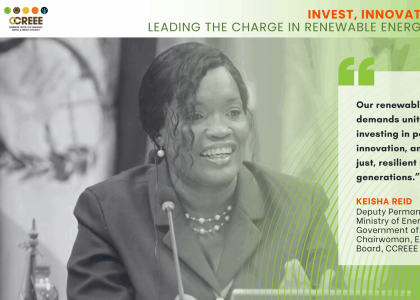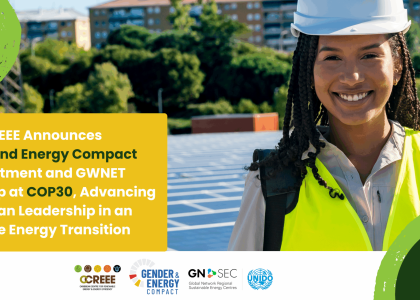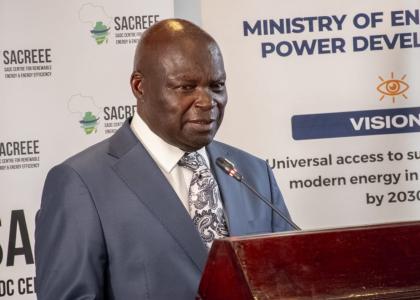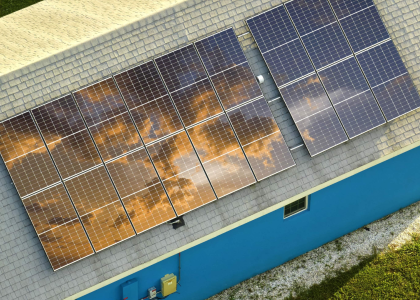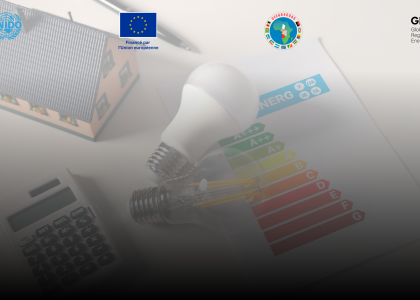After years of steady cost decline for solar and wind technologies, renewable power is becoming an increasingly competitive way to meet new generation needs.
According to the report Renewable Power Generation Costs in 2017, by the International Renewable Energy Agency (IRENA), the cost of onshore wind power generation dropped 23% and 73% concerning to the electricity generated by PV systems since 2010. Furthermore it is projected that the cost of solar power will reduce 50% until 2020.
For projects commissioned in 2017, electricity costs from renewable power generation have continued to fall.
Bioenergy-for-power, hydropower, geothermal and onshore wind projects commissioned in 2017 largely fell within the range of generation costs for fossil-based electricity. Some projects undercut fossil fuels, data collected by the International Renewable Energy Agency (IRENA) shows.
The global weighted average cost of electricity was USD 0.05 per kilowatt-hour (kWh) from new hydropower projects in 2017. It was USD 0.06/kWh for onshore wind and 0.07/kWh for bioenergy and geothermal projects.
The fall in electricity costs from utility-scale solar photovoltaic (PV) projects since 2010 has been remarkable. The global weighted average Levelised Cost of Electricity (LCOE) of utility scale solar PV has fallen 73% since 2010, to USD 0.10/kWh for new projects commissioned in 2017.
Three key cost reduction drivers are becoming increasingly important:
1. Technology improvements;
2. Competitive procurement;
3. Large base of experienced, internationally active project developers.
With today’s low equipment costs, however, innovations that unlock efficiencies in manufacturing, reduce installed costs or improve performance for power-generation equipment will take on increasing significance.
Electricity from renewables will soon be consistently cheaper than from most fossil fuels. By 2020, all the renewable power generation technologies that are now in commercial use are expected to fall within the fossil fuel-fired cost range, with most at the lower end or undercutting fossil fuels.
The outlook for solar and wind electricity costs to 2020 presages the lowest costs yet seen for these modular technologies, which can be deployed around the world. Based on the latest auction and project-level cost data, global average costs could decline to about USD 0.05/kWh for onshore wind and USD 0.06/kWh for solar PV.
Falling renewable power costs signal a real paradigm shift in the competitiveness of different power generation options. This includes cheaper electricity from renewables as a whole, as well as the very low costs now being attained from the best solar PV and onshore wind projects.
For additional and detailed information, download the Renewable Power Generation Costs in 2017




